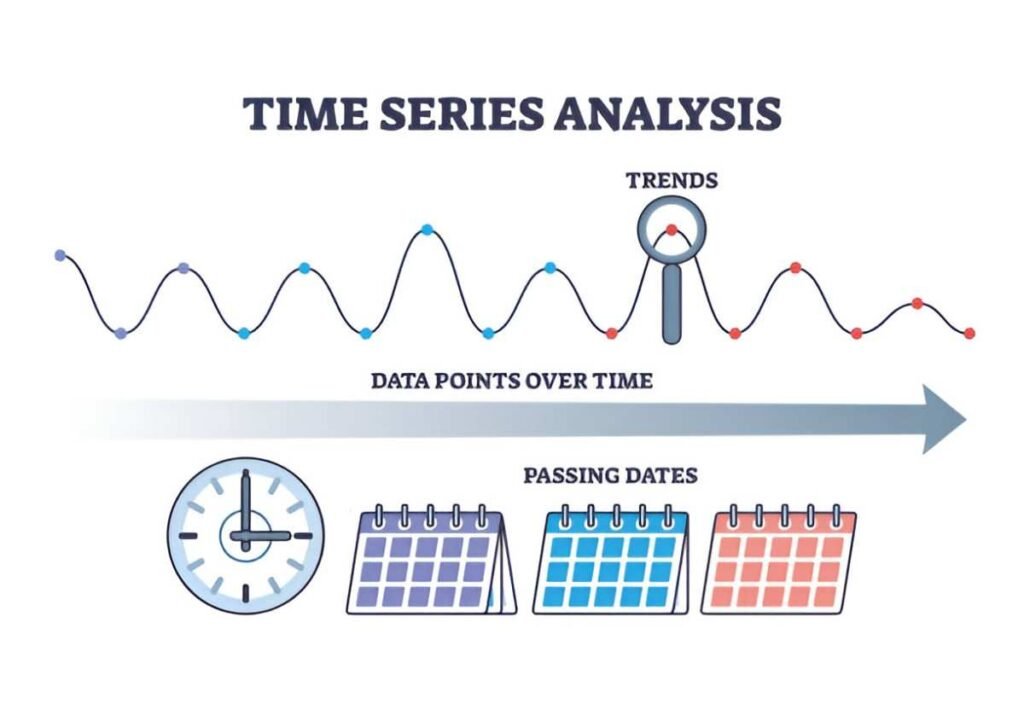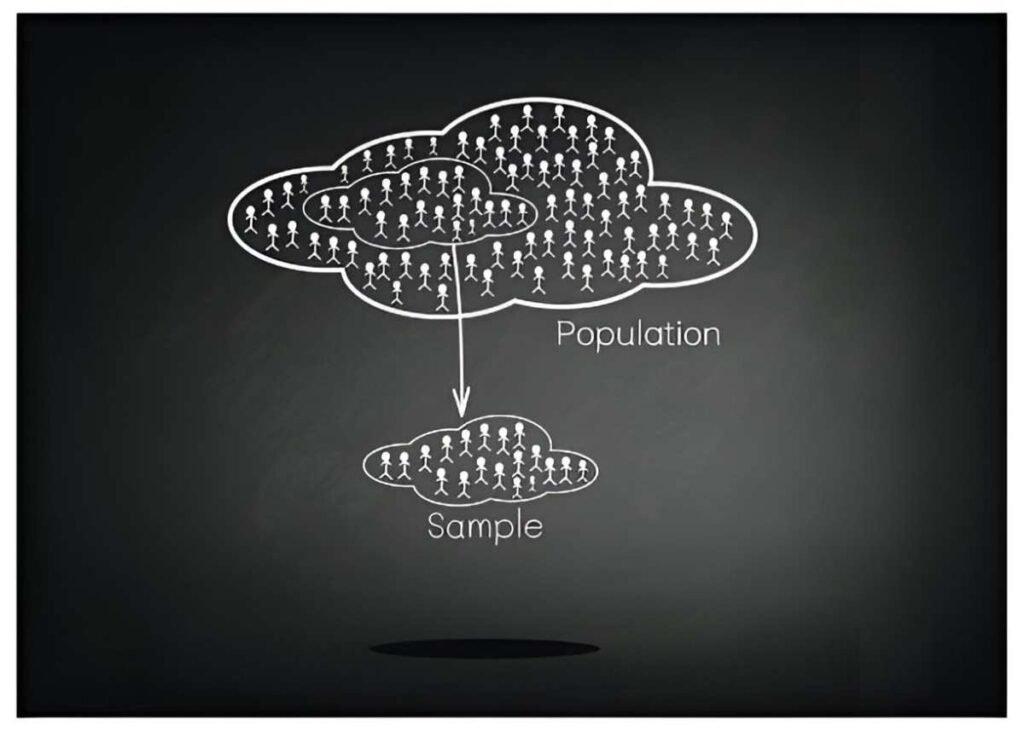When I first studied economics, I struggled to grasp why some metrics mattered more than others. Gross Domestic Product (GDP) often steals the spotlight, but Net Domestic Product (NDP) provides a sharper lens to assess an economy’s true health. In this guide, I break down NDP—what it means, why it’s useful, and how it differs from GDP. I’ll walk you through calculations, real-world applications, and why policymakers and investors should pay attention.
Table of Contents
What Is Net Domestic Product (NDP)?
NDP measures the net value of goods and services produced within a country’s borders after accounting for capital depreciation—the wear and tear on machinery, infrastructure, and other assets. While GDP gives a broad snapshot of economic activity, NDP adjusts for the cost of maintaining that productivity.
The Formula
The standard formula for NDP is:
NDP = GDP - DepreciationWhere:
- GDP = Gross Domestic Product
- Depreciation = Loss of value in capital assets (also called Capital Consumption Allowance, or CCA)
For example, if the U.S. GDP in 2023 was $25 trillion and depreciation was \$3 trillion, then:
NDP = 25 - 3 = \$22 \text{ trillion}This means $22 trillion reflects the economy’s net output after replacing worn-out capital.
Why NDP Matters More Than You Think
GDP dominates headlines, but NDP offers three key advantages:
- Sustainability Insight: A high GDP with soaring depreciation (e.g., aging infrastructure) signals future economic strain.
- Investment Decisions: Businesses use NDP to gauge if an economy can sustain growth without heavy reinvestment.
- Policy Accuracy: Governments relying solely on GDP may overlook crumbling roads or obsolete factories.
Real-World Example: U.S. Infrastructure
In 2021, the American Society of Civil Engineers gave U.S. infrastructure a “C-” grade, estimating a $2.59 trillion investment gap by 2029. If depreciation outpaces GDP growth, NDP reveals the hidden cost of neglect.
NDP vs. GDP: Key Differences
| Metric | Includes Depreciation? | Focus | Best For |
|---|---|---|---|
| GDP | Yes | Total economic output | Short-term growth analysis |
| NDP | No | Net output after losses | Long-term economic health |
GDP might show a booming economy, but if depreciation rises faster (e.g., due to aging factories), NDP growth slows—a red flag.
Calculating NDP: A Step-by-Step Breakdown
Let’s use hypothetical U.S. data:
- GDP: $25 trillion (market value of all goods/services).
- Depreciation: $3 trillion (machinery, buildings, tech).
Plugging into the formula:
NDP = 25 - 3 = \$22 \text{ trillion}Now, suppose GDP grows by 4% next year, but depreciation jumps 10% due to a hurricane damaging infrastructure:
- New GDP: 25 \times 1.04 = \$26 \text{ trillion}
- New Depreciation: 3 \times 1.10 = \$3.3 \text{ trillion}
- New NDP: 26 - 3.3 = \$22.7 \text{ trillion}
Despite GDP rising, NDP grew only 3.2%—highlighting how depreciation drags net growth.
NDP and National Income
NDP links to National Income (NI), which totals wages, rents, interest, and profits. The formula:
NI = NDP - \text{Indirect Taxes} + \text{Subsidies}For example:
- NDP = $22 trillion
- Indirect Taxes (sales, excise) = $1.5 trillion
- Subsidies = $0.5 trillion
Then:
NI = 22 - 1.5 + 0.5 = \$21 \text{ trillion}This shows how much income households and businesses actually earn.
Limitations of NDP
No metric is perfect. NDP has flaws:
- Subjectivity in Depreciation: Estimating asset wear varies by method (straight-line vs. declining balance).
- Excludes Non-Market Factors: Like GDP, it ignores unpaid labor or environmental damage.
- Data Lag: Depreciation figures often trail GDP reports.
NDP in U.S. Economic History
The 2008 financial crisis offers insights. GDP contracted 4.3%, but depreciation stayed high due to idle factories and foreclosed homes. NDP dropped sharper, revealing deeper economic damage.
Table: U.S. GDP vs. NDP (2007–2010)
| Year | GDP (Trillions) | Depreciation (Trillions) | NDP (Trillions) |
|---|---|---|---|
| 2007 | $14.45 | $1.85 | $12.60 |
| 2008 | $14.71 | $1.88 | $12.83 |
| 2009 | $14.42 | $1.82 | $12.60 |
| 2010 | $14.99 | $1.84 | $13.15 |
Source: Bureau of Economic Analysis (BEA)
Notice how NDP fell more than GDP in 2009, reflecting the crisis’s lingering damage.
Practical Applications of NDP
For Policymakers
A rising GDP but stagnant NDP suggests capital stock is deteriorating. The 2021 Infrastructure Investment and Jobs Act aimed to curb this by allocating \$1.2 trillion for upgrades—a move to boost future NDP.
For Investors
Companies in high-depreciation sectors (e.g., manufacturing) face higher replacement costs. Tracking NDP growth helps identify economies with sustainable output.
Final Thoughts
While GDP grabs attention, NDP tells the quieter, crucial story of an economy’s endurance. By factoring in depreciation, it warns of unsustainable growth—like a company ignoring maintenance to inflate short-term profits. For a balanced view, I now always check both.





